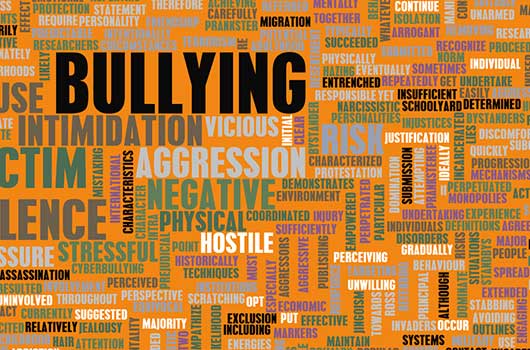
A new book by Emily Bazelon, Sticks and Stones: Defeating the Culture of Bullying and Rediscovering the Power of Character and Empathy, is opening up a dialogue meant to define what actually constitutes bullying. In a recent op-ed piece for The New York Times, Bazelon explained that “The definition of bullying adopted by psychologists is physical or verbal abuse, repeated over time, and involving a power imbalance. In other words, it’s about one person with more social status lording it over another person, over and over again, to make him miserable.” Knowing what bullying really is can be important. If your child gets into an altercation at the playground over whose turn it is to go down the slide, and they end up tussling, it may be misleading and confusing to tell your kid that he or she was “bullied” instead of addressing their own responsibility for the conflict.
BULLIES MAY NEED OUR HELP TOO
In her op-ed column, Bazelon warns about parents and educators being too quick to label some kids “bullies” and other children “victims.” “[The] ‘bully’ label carries a stigma that’s hard for a child to escape. It makes a child seem permanently heartless, rather than capable of feeling empathy, which almost all are,” she writes. She adds, “Crying wolf about bullying isn’t good for the children who play the victim, either. Those who hold onto that identity are less likely to recover from adversity.” While aggression obviously needs to be addressed and conflicts need to be resolved, all parents want their children to be treated with empathy, and no parent wants their child to carry the label of “bully”—especially if it is unwarranted.
IT’S NOT ALWAYS BLACK & WHITE
In a series of articles she wrote for Slate, Emily Bazelon investigated the case of Phoebe Prince, a Massachusetts teen who killed herself in 2010. Bullying was said to be the cause of her suicide, and six of her classmates were indicted after her death on various charges including criminal harassment and statutory rape. But after investigating the case, Bazelon believed that the circumstances surrounding Phoebe’s suicide were more complicated than a straightforward case of bullies tormenting their victim to death. And in her reporting, Bazelon explains that “The events that led to Phoebe’s death show how hard it is for kids, parents, and schools to cope with bullying, especially when the victim is psychologically vulnerable.” What can parents take away from this? Cases of “bullying” aren’t always as black and white as they appear, and need to be looked at carefully and thoughtfully.
KEEP THE LINES OF COMMUNICATION OPEN
How does a parent know what their kid is really up to, if they are being bullied or perhaps participating in the bullying of a classmate? How does a parent know when their child is posting puppy pics on Facebook…or being cyberbullied? One way is to keep the lines of communication open and for parents to try to be there in an accepting, compassionate, and nonjudgmental way for their kid, who needs to know that no matter how bad things get, they can talk about it with the adult who knows them best: their parent.
Related Video: Anti-Bullying Tips From Dr. Phil
SOMETIMES PARENTS NEED TO STEP BACK…
Parents naturally want to step in when their kids report having problems—or simply when it’s obvious something is wrong. Any mami who feels that something is amiss in her child’s life is going to want to dig, dig, dig until she finds the cause of the problem. And if the problem is another child, it can immediately seem as though the fault lies with them. But it’s important for parents to step back in some situations and resist rushing to make a snap judgment or to “rescue” their kid. Resolving conflicts in interpersonal relationships is a valuable skill that needs to be learned. But that doesn’t mean that parents shouldn’t talk to their kids. As Bazelon puts it in her op-ed piece for The Times: “Adults can also often do more good by asking questions that push children to come up with their own strategies than by dictating solutions themselves.”
…BUT SOMETIMES THEY NEED TO STEP IN
Just when parents negotiate a balance between talking to their kids and giving them space, they may discover that it’s time to jump in and take an active role in resolving a problem. One of the reasons for keeping communication open with children is to be able to determine when a seemingly run-of-the-mill conflict turns into a potentially dangerous situation that may require the intervention of a school official, a professional counselor or therapist, or even the police.

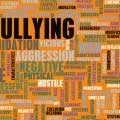

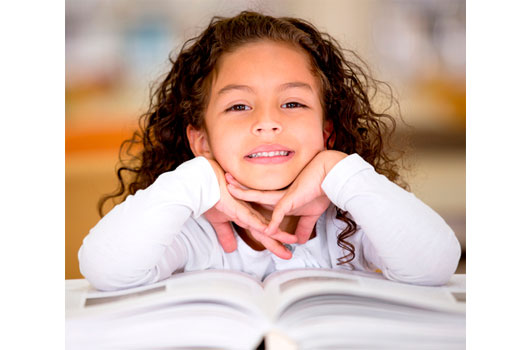

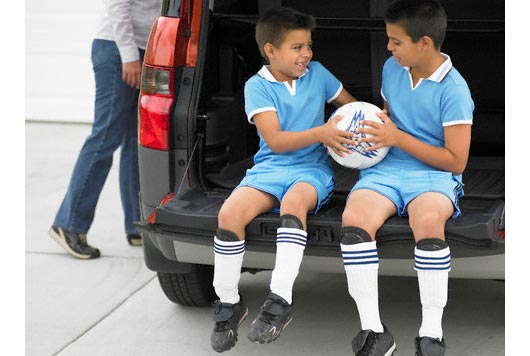


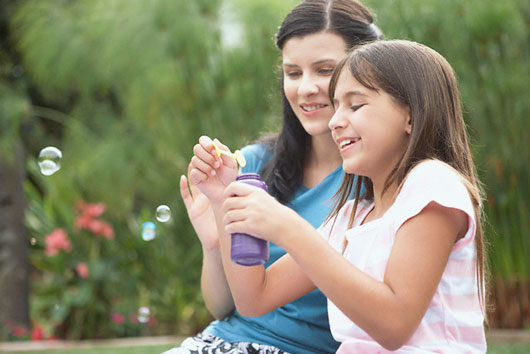
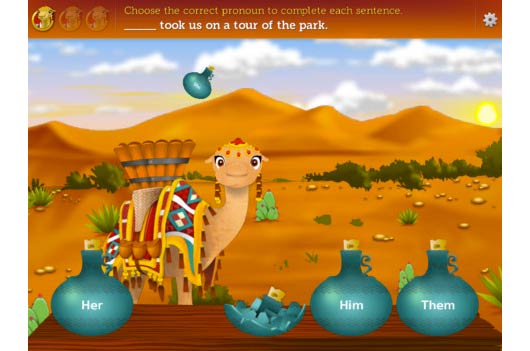



Leave a Reply
Want to join the discussion?Feel free to contribute!